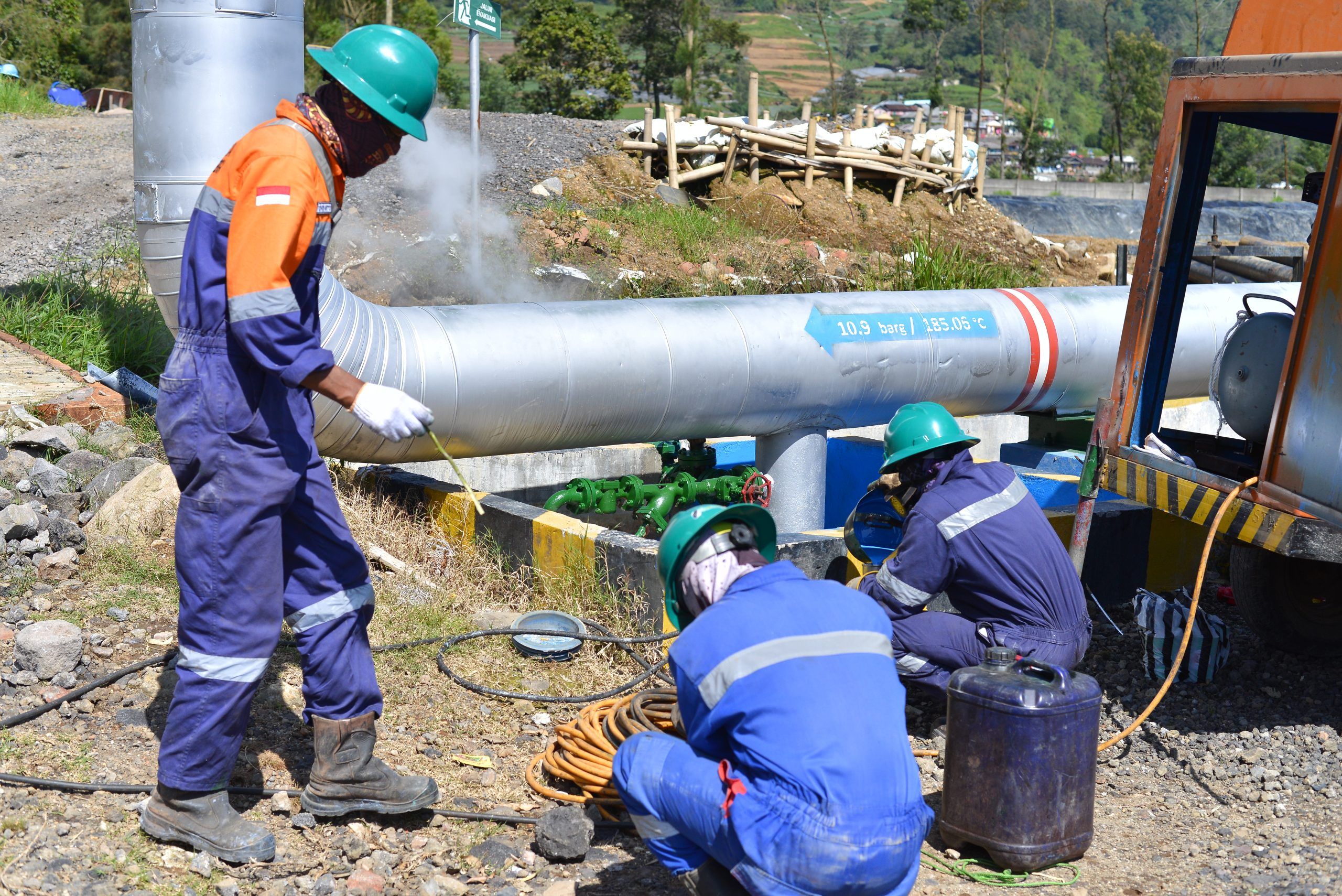A study from Institute for Essential Services Reform (IESR) 2022 concluded, economic recovery is still prioritizing long-term planning and failed to take advantage from green economic recovery planning.
Read more Mongabay

Changing our energy sources requires a massive transformation of systems. It is not only developing new technologies or building more infrastructures, but it also concerns the people, both as the…
